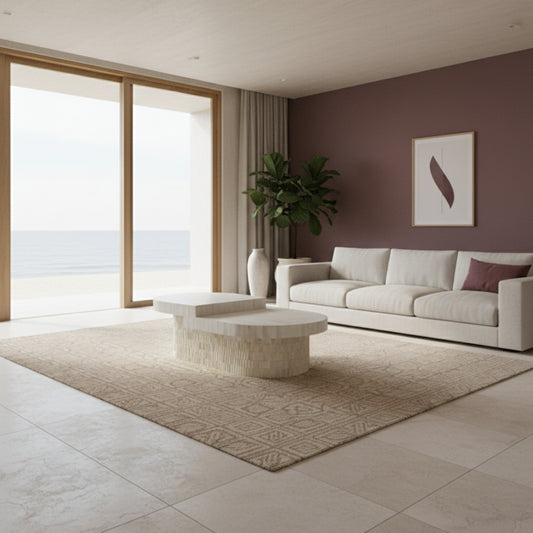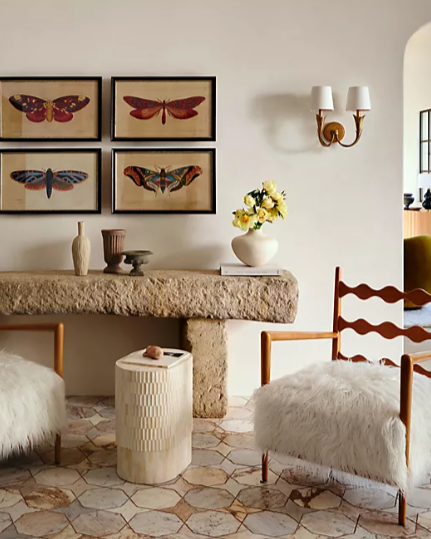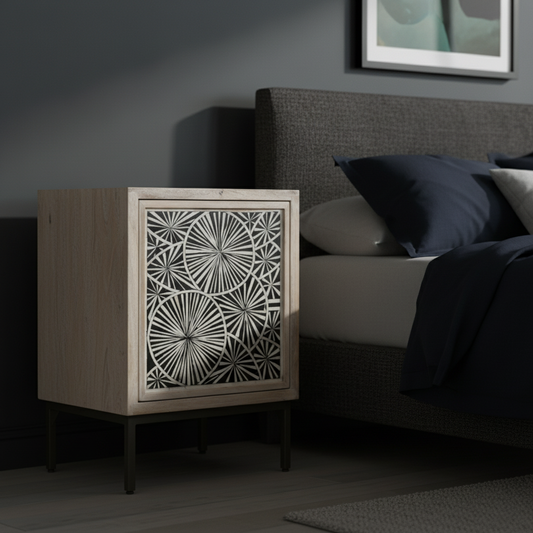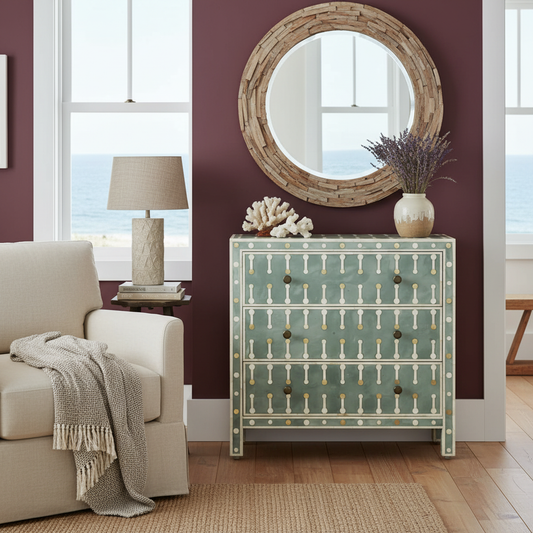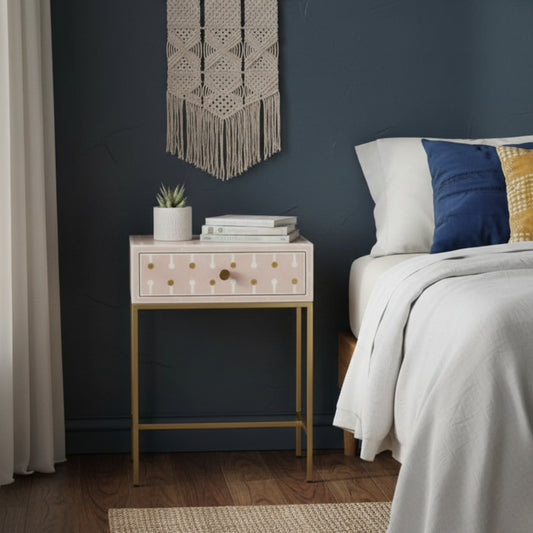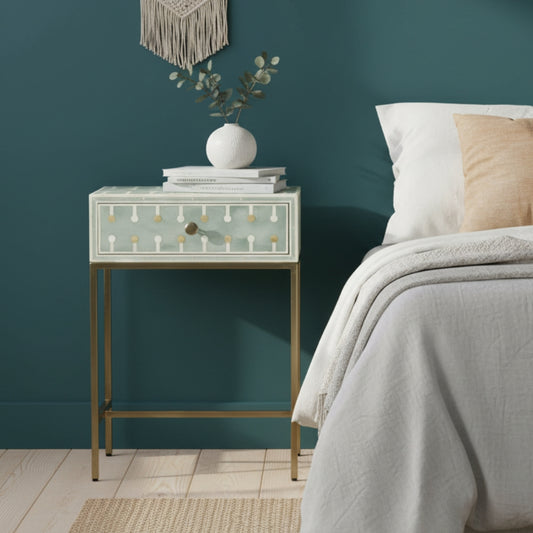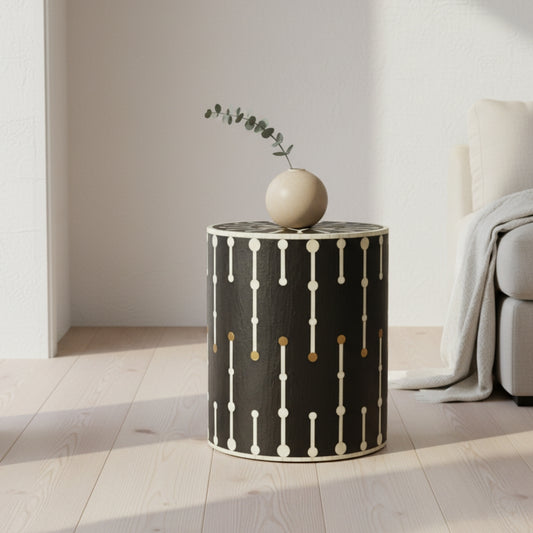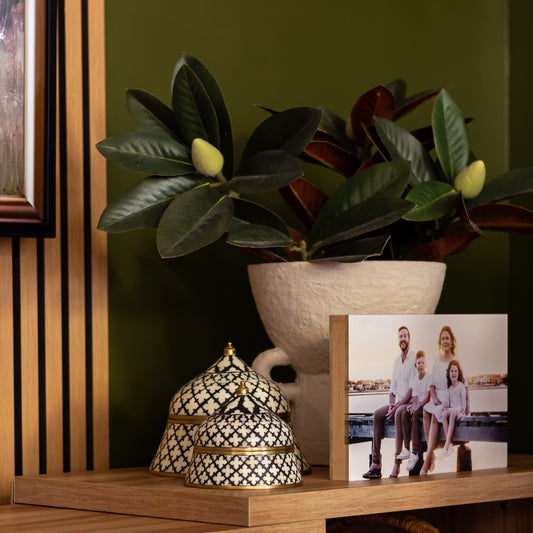When it comes to decorative inlay furniture and homewares, both Capiz and Mother of Pearl offer luminous, iridescent beauty. But while they might appear similar at a glance, there are some key differences in their origin, durability, and aesthetic that make Mother of Pearl the superior choice for heirloom-quality pieces. Here’s a closer look at what sets them apart—and why Mother of Pearl wins our vote.
🌊 Origins & Materials
Capiz Shell comes from the outer shell of the windowpane oyster (Placuna placenta), named after the Capiz province in the Philippines. It's typically flat, thin, and translucent. For generations, Capiz has been used in windows, lanterns, and decorative items, prized for its pearly sheen and affordability.
Mother of Pearl (or nacre) is an inner shell layer found in molluscs such as pearl oysters and abalone. It’s the very same material that forms pearls—layered, resilient, and naturally luxurious. Unlike Capiz, which is taken from the outer shell, Mother of Pearl forms within the creature, giving it a richer colour play and greater strength.

💎 Look & Feel
While both materials shimmer, Mother of Pearl offers deeper iridescence and more variation in tone—from soft silvers and creams to blues, pinks, and greens—depending on the mollusc used. It has a more “three-dimensional” quality when polished.
Capiz, by contrast, tends to have a flatter, more uniform off-white or amber hue. Its charm lies in its subtle, warm translucency—but it lacks the depth and richness of true Mother of Pearl.
🔨 Strength & Durability
This is where the two materials really diverge.
- Mother of Pearl is stronger, denser, and less prone to chipping or cracking. It holds up beautifully inlaid into furniture and can last generations if properly cared for.
- Capiz is more fragile. It’s thin, brittle, and more likely to crack or flake over time—especially if used on surfaces that get regular wear.
For items like picture frames, lampshades, or light decorative trays, Capiz might suffice. But for furniture, jewellery boxes, or anything you plan to keep long-term or use frequently, Mother of Pearl is the clear winner.
🎨 Craftsmanship & Perceived Value
Mother of Pearl inlay demands meticulous craftsmanship. Each sliver must be hand-cut and carefully embedded into a carved surface—often in intricate patterns—then polished to perfection. This labour-intensive process reflects in both its cost and quality.
Capiz, on the other hand, is easier to cut, quicker to work with, and therefore typically cheaper. This makes it popular in mass-produced items, but less desirable for those seeking artisanal beauty and investment-worthy pieces.
✨ The Verdict: Why We Choose Mother of Pearl
At Mahlia Interiors, we choose Mother of Pearl for its:
- Superior durability
- Rich, luminous beauty
- Long-lasting appeal
- Elevated sense of luxury

While Capiz has its place in lighter decorative elements, Mother of Pearl is the material we turn to when only the best will do. It’s timeless, tactile, and transforms a piece into something truly special—worthy of passing down, not tossing out.




